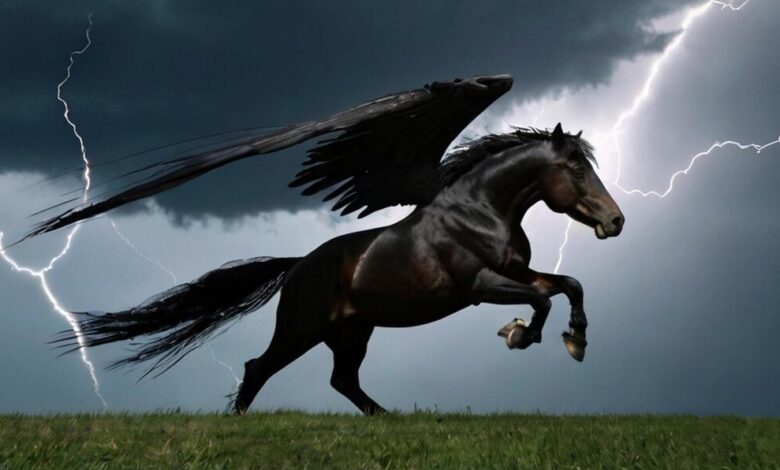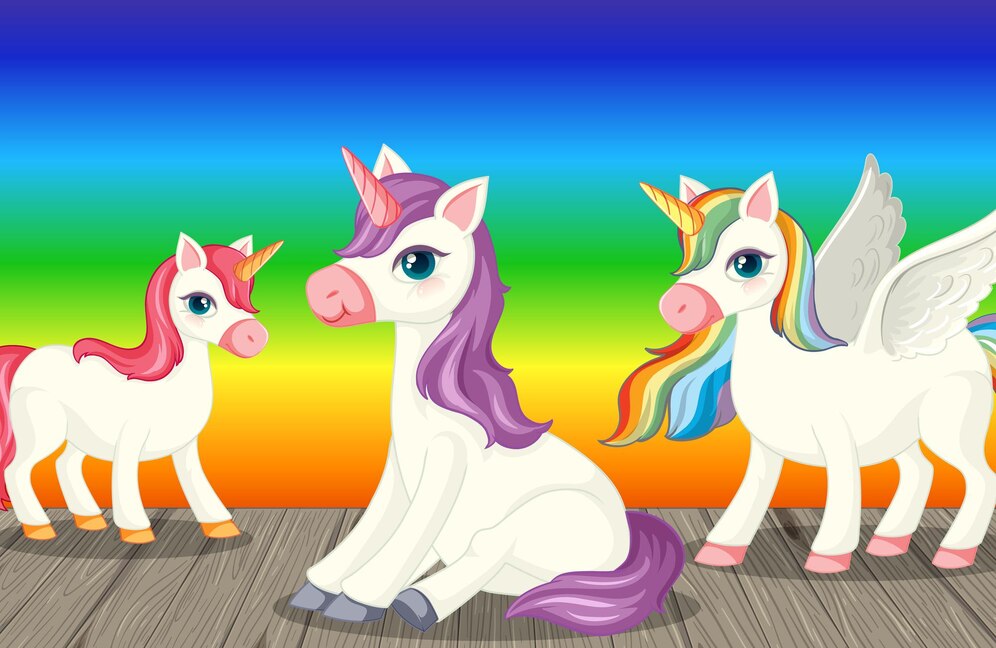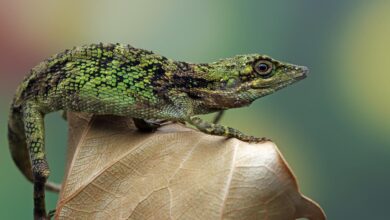The Allure of Unicorns: Myth, Symbol, and Cultural Phenomenon

Introduction
Unicorns have captured human creativeness for centuries, standing as symbols of purity, magic, and thriller. These mythical creatures, regularly depicted as white horses with a unmarried, spiraling horn, have transcended folklore to emerge as cultural icons. From ancient myths and medieval tapestries to modern literature and popular culture, unicorns maintain a special location in our hearts and minds. This article delves into the wealthy history of unicorns, explores their symbolic meanings, and examines their enduring reputation in cutting-edge culture.
Historical Origins
The concept of the unicorn dates again to historic civilizations. The earliest references to unicorns may be found in the writings of the Indus Valley Civilization round 2000 BCE, where seals depict a one-horned animal that might had been stimulated by means of the now-extinct aurochs or even a rhinoceros. In historic Greek literature, the historian Ctesias wrote approximately a unmarried-horned creature he called the “Indian wild ass” in his ebook “Indica,” describing it as a horse-like beast with a white frame, a pink head, and a long, instantly horn on its brow.
Throughout the Middle Ages, the unicorn’s picture advanced in European folklore and religious texts. It became a image of Christ and purity, regularly portrayed in Christian artwork as a creature that would only be tamed by a virgin, representing the Virgin Mary. This allegorical interpretation connected the unicorn to issues of chastity and divine grace.
Symbolism and Mythology
Unicorns have been imbued with various symbolic meanings across specific cultures. In medieval Europe, they represented purity, innocence, and the divine. The unicorn’s horn, referred to as an alicorn, changed into believed to possess magical houses, along with the potential to purify water and heal illness. These beliefs caused a rewarding exchange in narwhal tusks, which had been often sold as proper unicorn horns.
In Chinese mythology, the unicorn, or Qilin, is a benevolent creature associated with prosperity and longevity. The Qilin is said to seem all through the reign of a smart and benevolent ruler, symbolizing peace and harmony. Unlike the Western unicorn, the Qilin has a extra deer-like look, frequently depicted with scales, a dragon-like head, and cloven hooves.
The Unicorn in Art and Literature

Unicorns were a famous issue in art and literature for centuries. During the Renaissance, they seemed in tapestries, artwork, and manuscripts, regularly set against idyllic, pastoral landscapes. The “Lady and the Unicorn” tapestries, created within the late 15th century, are the various most famous representations of unicorns in artwork. These complicated works, housed in the Musée de Cluny in Paris, depict a series of scenes that characterize the 5 senses and a 6th enigmatic feel, possibly love or expertise.
In literature, unicorns have been featured in a huge range of genres, from medieval bestiaries to modern fable novels. One of the maximum beloved unicorn memories is “The Last Unicorn” through Peter S. Beagle, posted in 1968. This novel tells the story of a solitary unicorn’s quest to discover what occurred to the relaxation of her kind. It has considering the fact that come to be a traditional, loved for its poignant exploration of themes like immortality, loss, and redemption.
Modern Cultural Impact
Unicorns have experienced a tremendous resurgence in contemporary way of life, becoming a ubiquitous image in fashion, advertising and marketing, and social media. The current unicorn regularly embodies a experience of whimsy and myth, appealing to both youngsters and adults. This resurgence may be seen inside the recognition of unicorn-themed merchandise, which include clothing, add-ons, and domestic decor.
Social media has performed a critical function within the unicorn’s modern-day-day popularity. Platforms like Instagram and Pinterest are flooded with pix of unicorn-stimulated makeup, food, and party decorations. The “unicorn fashion” reached its height with the advent of the Starbucks Unicorn Frappuccino in 2017, a colorful, restrained-edition beverage that speedy went viral.
The Unicorn’s Appeal
The enduring appeal of unicorns may be attributed to numerous elements. Firstly, their association with purity and magic faucets right into a deep-seated human desire for the tremendous and the paranormal. In a world that regularly feels mundane and predictable, unicorns offer an escape right into a realm of fable and marvel.
Secondly, unicorns constitute individuality and area of expertise. The idea of a solitary, magical creature that stands aside from the normal resonates with those who price non-public expression and nonconformity. This is in particular evident inside the LGBTQ+ community, in which the unicorn has been followed as a symbol of pride and variety.
Lastly, the unicorn’s picture has been efficaciously advertised and commercialized, attractive to client culture’s love for novelty and nostalgia. By tapping into the collective attention and leveraging social media, manufacturers have been able to preserve the unicorn relevant and cutting-edge.
Conclusion
From historic myths to fashionable pop culture, unicorns have maintained a effective presence in human creativeness. Their symbolism has advanced over time, but they maintain to represent purity, magic, and individuality. As long as people yearn for a hint of the brilliant of their lives, unicorns will continue to be an enduring symbol of surprise and delusion. Whether through artwork, literature, or social media, the appeal of the unicorn maintains to captivate and inspire, reminding us of the magic that exists simply past the rims of our ordinary fact.



